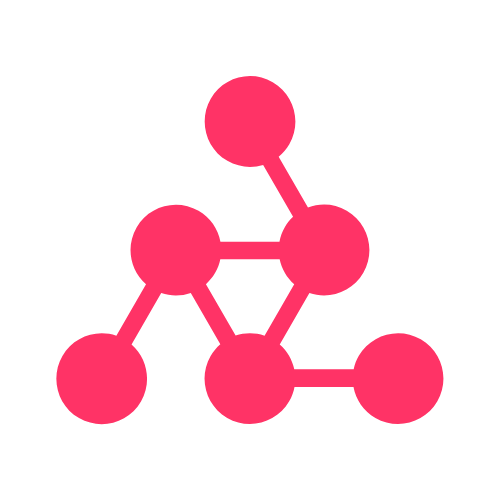Green coding is the practice of writing efficient, environmentally responsible code that minimizes energy consumption and reduces the carbon footprint of digital products. As technology advances and digital transformation accelerates, the environmental impact of computing has become an increasingly important issue. Every search, video stream, or line of code consumes energy. While we often focus on optimizing software for speed or performance, very few developers stop to consider how their code affects the planet. This is where the concept of green coding, or sustainable software development, comes into play.
The rise of cloud computing, data centers, and artificial intelligence has dramatically increased global energy use. According to research, data centers alone consume nearly 2 percent of the world’s electricity, and that number continues to grow. As a result, developers are now being challenged to think differently about how they design, develop, and deploy software.
Table of Contents
What Is Green Coding?
Green coding is not a single technique but rather a mindset that prioritizes energy efficiency throughout the software development lifecycle. It involves optimizing algorithms, minimizing computational complexity, and using hardware resources wisely. The goal is simple: to make software that performs the same tasks while using fewer resources.
This approach extends beyond code optimization. It also considers the sustainability of infrastructure, deployment practices, and the lifecycle of applications. For example, using renewable-powered servers, reducing redundant background processes, and improving caching strategies are all part of green software engineering.
Why Green Coding Matters
Sustainability is no longer just an environmental issue; it is also a business and social responsibility. As governments and consumers become more eco-conscious, organizations are expected to reduce their carbon emissions, including those from digital operations. A poorly optimized application that consumes excessive processing power or bandwidth directly contributes to higher energy use and environmental harm.
For developers, embracing green coding not only reduces costs but also leads to better software design. Efficient code runs faster, crashes less, and requires fewer resources. Companies that adopt sustainable development practices often benefit from lower operational expenses and improved performance.
The Environmental Impact of Software
When people think about pollution, they often imagine factories, vehicles, and power plants. Yet digital pollution is a growing contributor to global carbon emissions. The energy consumed by data centers, networking equipment, and cloud servers often comes from non-renewable sources. Every time a user streams a video, plays an online game, or runs a large AI model, energy is consumed somewhere in the background.
A simple inefficient algorithm or an unoptimized database query may seem insignificant, but when scaled to millions of users, it can have a massive environmental impact. Studies show that even small improvements in software efficiency can lead to significant reductions in power usage and carbon emissions.
Principles of Green Software Development
There are several key principles that developers can follow to make their code more sustainable.
1. Optimize Code Efficiency:
Write clean, minimal, and efficient code. Avoid unnecessary loops, reduce memory usage, and limit redundant calculations. Simpler algorithms usually consume less energy and run faster.
2. Use Efficient Data Structures:
Choosing the right data structure can make a significant difference in processing efficiency. For instance, selecting a hash map over a list for frequent lookups reduces time complexity and energy consumption.
3. Minimize Network Requests:
Every data transfer consumes energy. Caching frequently used data, compressing files, and batching API requests are effective strategies to reduce bandwidth use and improve performance.
4. Optimize Hardware Utilization:
Applications should be designed to use hardware resources efficiently. Lightweight applications consume less CPU and memory, resulting in reduced energy usage.
5. Consider the Entire Lifecycle:
Green coding does not end with development. Deployment, maintenance, and decommissioning stages should also be optimized. For example, using containerization and serverless architectures helps reduce idle resource consumption.
The Role of Cloud Providers and Tools
Cloud providers play a critical role in enabling sustainable software practices. Platforms like Google Cloud, Amazon Web Services, and Microsoft Azure have begun investing in renewable energy and offering tools that track carbon emissions associated with workloads. Developers can choose regions powered by renewable sources and schedule compute-heavy tasks during off-peak hours to minimize impact.
The Business Case for Green Coding
Sustainable software is not just good for the planet; it is good for business. As regulations tighten and sustainability reporting becomes mandatory, companies with eco-efficient digital operations gain a competitive advantage. Consumers increasingly prefer brands that are environmentally responsible, and organizations that can demonstrate genuine efforts in reducing digital waste build stronger trust with their audience.
Additionally, green coding aligns with broader corporate social responsibility goals. Many technology companies are now adopting carbon neutrality targets, and efficient software design contributes significantly to achieving them.
Educating Developers for a Sustainable Future
To make a real impact, sustainability must become an integral part of computer science education and software engineering practices. Developers should be trained to consider energy efficiency as a key performance indicator, just like speed or scalability. Initiatives such as the Green Software Foundation are working to promote awareness and provide standards for sustainable coding practices worldwide.
The Future of Green Coding
As the world continues to digitalize, the demand for computing power will only increase. However, through green coding and sustainable software design, we can ensure that this growth does not come at the expense of the planet. Future innovations in AI, cloud computing, and edge processing will likely focus on energy-efficient architectures that prioritize sustainability.







1 thought on “Green Coding – Sustainable Software – Ultimate Guide 2025”